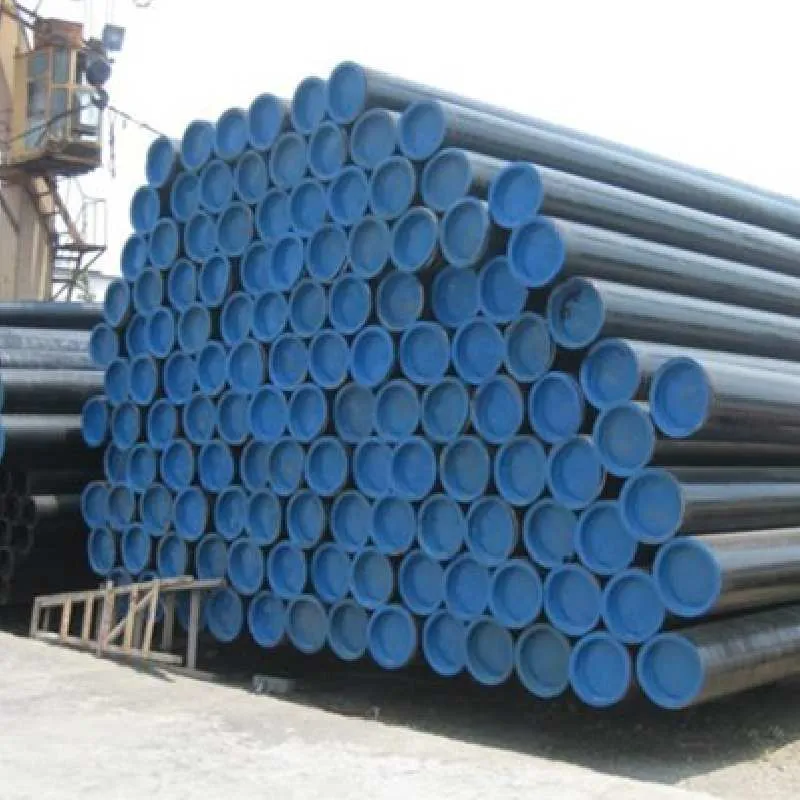-
Cangzhou Yulong Steel Co., Ltd.
-
Phone:
+86 13303177267 -
Email:
admin@ylsteelfittings.com

Nov . 19, 2024 13:25 Back to list
Understanding the Techniques and Best Practices for Pipe to Pipe Welding
Understanding Pipe-to-Pipe Welds Techniques and Importance
Welding is an essential process in various industries, particularly in the fabrication and construction of pipelines. One of the most critical types of welding in this domain is the pipe-to-pipe weld. This technique involves joining two pipes together to create a continuous flow system for liquids, gases, or other materials. In this article, we will explore the significance, techniques, and challenges associated with pipe-to-pipe welding.
Significance of Pipe-to-Pipe Welding
Pipe-to-pipe welding is crucial in sectors such as oil and gas, water supply, chemical processing, and pharmaceuticals, where the integrity of pipelines is vital. Proper welding ensures that the connections between pipes are robust, leak-proof, and capable of withstanding extreme temperatures and pressures. Inadequate welding can lead to catastrophic failures, resulting in environmental hazards, financial losses, and threats to human safety.
Moreover, the quality of a pipe-to-pipe weld directly affects the efficiency and longevity of the piping system. Well-executed welds can enhance the performance of a pipeline, minimizing maintenance requirements and downtime. This is particularly important in industries where interruptions can lead to significant operational challenges.
Techniques for Pipe-to-Pipe Welding
There are several techniques employed for pipe-to-pipe welding, with the choice of method often depending on factors such as pipe diameter, material type, and the specific application. Some of the most common methods include
1. Shielded Metal Arc Welding (SMAW) Also known as stick welding, SMAW is widely used due to its simplicity and versatility. It involves using a consumable electrode coated with flux, which protects the weld from contamination and oxidation. This method is suitable for various materials and positions but requires skilled operators.
pipe to pipe weld

2. Gas Tungsten Arc Welding (GTAW) Often referred to as TIG welding, GTAW utilizes a non-consumable tungsten electrode and a separate filler material. It produces high-quality, precise welds with minimal spatter, making it ideal for applications that demand clean aesthetics and strong joints. However, it is more time-consuming and requires a higher skill level.
3. Gas Metal Arc Welding (GMAW) Known as MIG welding, GMAW uses a continuous wire feed as an electrode, along with a shielding gas to protect the weld pool. This method is efficient and helps in achieving high deposition rates, making it suitable for large-scale projects.
4. Flux-Cored Arc Welding (FCAW) Similar to MIG welding, FCAW employs a tubular wire filled with flux. It can be used with or without shielding gas and is effective for outdoor applications where wind can disrupt gas shielding.
Challenges in Pipe-to-Pipe Welding
Despite advancements in welding technology, pipe-to-pipe welding presents several challenges. These include issues related to alignment, which can lead to stress concentrations and potential failure points. Moreover, heat distortion during welding may affect the alignment and integrity of the pipes. Weld quality is another concern, as poor penetration or inconsistent bead size can compromise joint strength.
Furthermore, different materials used in piping can have varying thermal properties, making it necessary to tailor the welding process for each specific application. Proper training and certification of welders are also essential to ensure that the welding meets industry standards and safety regulations.
Conclusion
Pipe-to-pipe welding is a fundamental aspect of pipeline construction and maintenance in various industries. By understanding its significance, the techniques involved, and the challenges faced, professionals can ensure the production of high-quality welds that contribute to the safety and efficiency of piping systems. As technology continues to evolve, so too will the methods in pipe-to-pipe welding, enhancing its reliability and effectiveness in modern applications.
Latest news
-
ANSI 150P SS304 SO FLANGE
NewsFeb.14,2025
-
ASTM A333GR6 STEEL PIPE
NewsJan.20,2025
-
ANSI B16.5 WELDING NECK FLANGE
NewsJan.15,2026
-
ANSI B16.5 SLIP-ON FLANGE
NewsApr.19,2024
-
DIN86044 PLATE FLANGE
NewsApr.19,2024
-
DIN2527 BLIND FLANGE
NewsApr.12,2024
-
JIS B2311 Butt-Welding Fittings LR/SR 45°/90° /180°Seamless/Weld
NewsApr.23,2024
-
DIN2605-2617 Butt-Welding Fittings LR/SR 45°/90°/180° Seamless/Weld
NewsApr.23,2024











